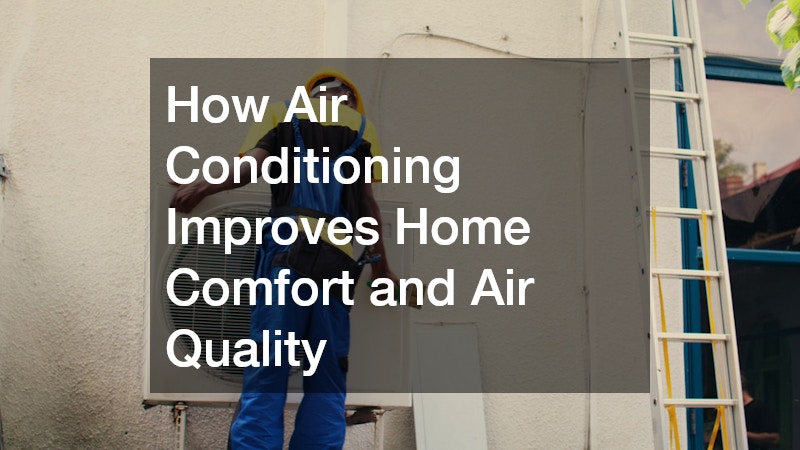Waterproofing is an essential aspect of any construction or renovation project, offering critical protection against water ingress and long-term structural damage. Whether the goal is to protect a basement, a commercial roof or a bathroom, selecting the correct proofing solution is vital for ensuring durability, safety and cost-efficiency.
With a range of products and application methods available, making the right decision requires an understanding of site conditions, material compatibility, exposure risks and maintenance expectations. Choosing the right proofing approach means the difference between years of reliable performance and costly repairs down the track.
Understand the Nature of the Project
Every construction or renovation project comes with its own environmental and structural demands. Internal wet areas such as bathrooms and laundries require different treatment compared to underground structures or rooftop terraces. External areas exposed to constant rainfall, extreme temperatures or UV radiation demand highly resistant materials, while below-ground applications need a solution that can withstand hydrostatic pressure.
The first step in choosing the right proofing system is to assess the environment where it will be applied. Consider the direction of water flow, possible exposure to groundwater, soil type, drainage capability and any existing signs of water damage or moisture. Projects that involve heritage-listed buildings, high-rise structures or mixed-use developments may also have specific compliance requirements under local building codes or the National Construction Code.
Match the System to the Substrate
Proofing products perform differently depending on the type of surface they are applied to. A system that adheres perfectly to concrete may not bond well with timber or metal. Compatibility is critical and mismatches can lead to detachment, blistering or cracking over time.
Before selecting a proofing product, identify the substrate type and assess its porosity, stability and texture. Some surfaces may need to be primed or repaired prior to application to ensure long-term performance. In many cases, a system with elastic properties is ideal, especially in areas subject to structural movement, vibration or thermal expansion.
Liquid membranes offer seamless coverage and are often preferred for complex shapes and tight corners. Sheet membranes, on the other hand, provide a consistent thickness and are commonly used for large, flat areas like balconies and roof decks. Cementitious systems can be suitable for areas requiring a rigid finish or where the membrane will be overlaid with tiles or render.
Consider Durability and Maintenance
The ideal waterproofing solution should provide lasting protection with minimal maintenance. However, not all systems offer the same resistance to UV rays, foot traffic, temperature fluctuations or chemicals. In high-traffic or commercial spaces, durability becomes a key factor and may justify a higher upfront investment to avoid future downtime or repair costs.
Understanding the maintenance requirements of the proofing system is also important. Some materials allow for easy access and spot repairs, while others may require full reapplication or specialist equipment. Selecting a system that aligns with the expected use and maintenance resources available can help extend its service life and performance.
Evaluate Application Method and Installation Expertise
Even the most advanced proofing system can fail if it is not installed correctly. Application method plays a significant role in the success of the solution and some products require skilled labour, specific tools or dry weather conditions to perform as intended.
Engaging experienced contractors with a strong track record in proofing projects is crucial. Ask for product warranties, references and proof of certification. An installer who understands the details of your project and the requirements of your site can provide guidance on the most suitable materials and methods, ensuring the final result meets both performance and regulatory standards.
Align the System with Regulatory and Warranty Requirements
Choosing a proofing system isn’t just about performance – it must also comply with Australian Standards and building regulations. AS 3740, for instance, outlines requirements for proofing wet areas in residential buildings, while AS 4654.1 governs external above-ground proofing.
Documentation is also important for future maintenance and resale value. Keep detailed records of materials used, installation dates and any certifications or compliance reports. This provides peace of mind for building owners and a solid foundation should issues arise in future inspections or transactions.
Choose Quality Over Short-Term Savings
Budget considerations are unavoidable in any project, but when it comes to proofing, cutting corners often leads to higher costs in the long run. Water ingress can cause structural rot, mould growth and significant interior damage, all of which are expensive to rectify and disruptive to occupants.
Investing in a high-quality proofing solution that is fit for purpose, applied professionally and supported by a reputable brand will deliver better protection, compliance and peace of mind. It is a long-term asset to the building, helping preserve its structural integrity and value.
Whether you are building a new structure or renovating an existing one, waterproofing remains one of the most important investments in the long-term health and resilience of the property.
.



